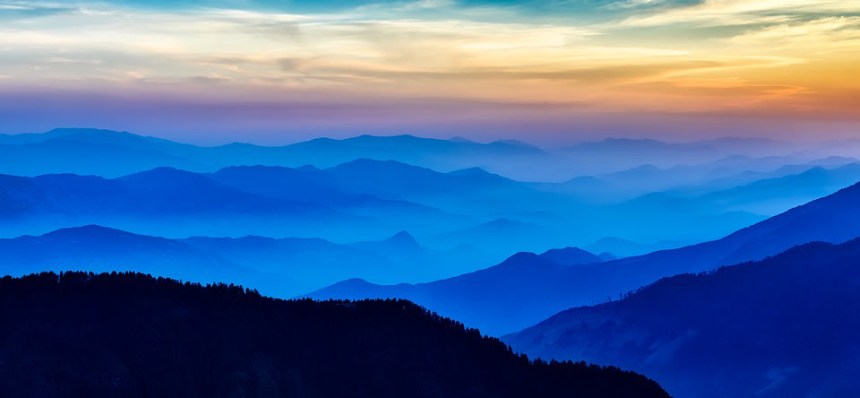Nepal is a small, independent, sovereign and land locked country in South Asia. It's situated in the south eastern part of Asia, just south of the great Himalayan ranges. It is located between two large countries China in the north and India in the south, east and west. Nepal's total area is 147,181 sq. km. The east west length is 885 km and north to south width is non uniform having mean width of 193 km.
Nepal is a country of amazing extremes. Nepal is famous for Mt. Everest- the highest peak in the world, which is 8848 meters. Gautam Buddha who preached the lesson of peace and non violence throughout the world was born in Lumbini. Pashupati Nath temple is one of the most revered holy shrines of Hindus. The rare flora and fauna, religious cultural, diversity and quite simple life style of people are plus points to the attraction of Nepal as a tourist center. Nepal has many places, which are very important for tourism.
Topographically, Nepal is divided into three kinds of region i.e. mountains, hills and terai. Similarly, on the basis of rivers system it can be divided into three regions as Gandaki, Koshi, and Karnali. Eight of the world's ten highest peak lies at himalayna northern part, water falls, lakes of clean water, swift flowing rivers, unique flora and fauna, temple and beautiful durbar squares with so many attractive places are the specific features of Nepal. Administratively Nepal is divided into five developments regions, fourteen zones and seventy-five districts.
Nepal is a multilingual, multi-ethnic and multi-cultural country. Nepalese culture is a combination of northern and southern Asian representing more than 125 ethnic groups, more then 100 mother tongue , and two major religions . It is also called country of non stop festivals; festivals are prominent aspects of Nepal society. About every week people celebrate a festival on local basis or national level in different parts of the country. The religious custom, life style, festivals, food habit and different language people differ as per geographical variation, religious and caste. One remarkable feature of Nepal culture is harmony among them.
In the economic area tourism plays an important role. In the recent years tourism is regarded as the biggest and fastest growing industry. It has been playing a vital role for the economic development. Tourism has been identified as the tool of the development. Tourism is the important source of foreign currency and industry catering biggest employment opportunity. Because of natural beauties and rich resources, tourism industry has the most essential sources of foreign exchange earnings. There is no need of foreign raw materials, as well as man power for this industry.
Nepal has varieties of tourism resources. Places of Natural beauty, historical and cultural movement, art, architecture, festivals, flora and fauna are the best attraction to the foreign visitors. Tourism is emerging as a good option for the rural development as well as for uplifting the living standard of the rural people in most of the developing countries including Nepal. Tourism in Nepal is heavily based on nature and natural resources. Most of the tourists coming to Nepal visit natural areas such as mountains, lakes, National parks and conservation areas.


